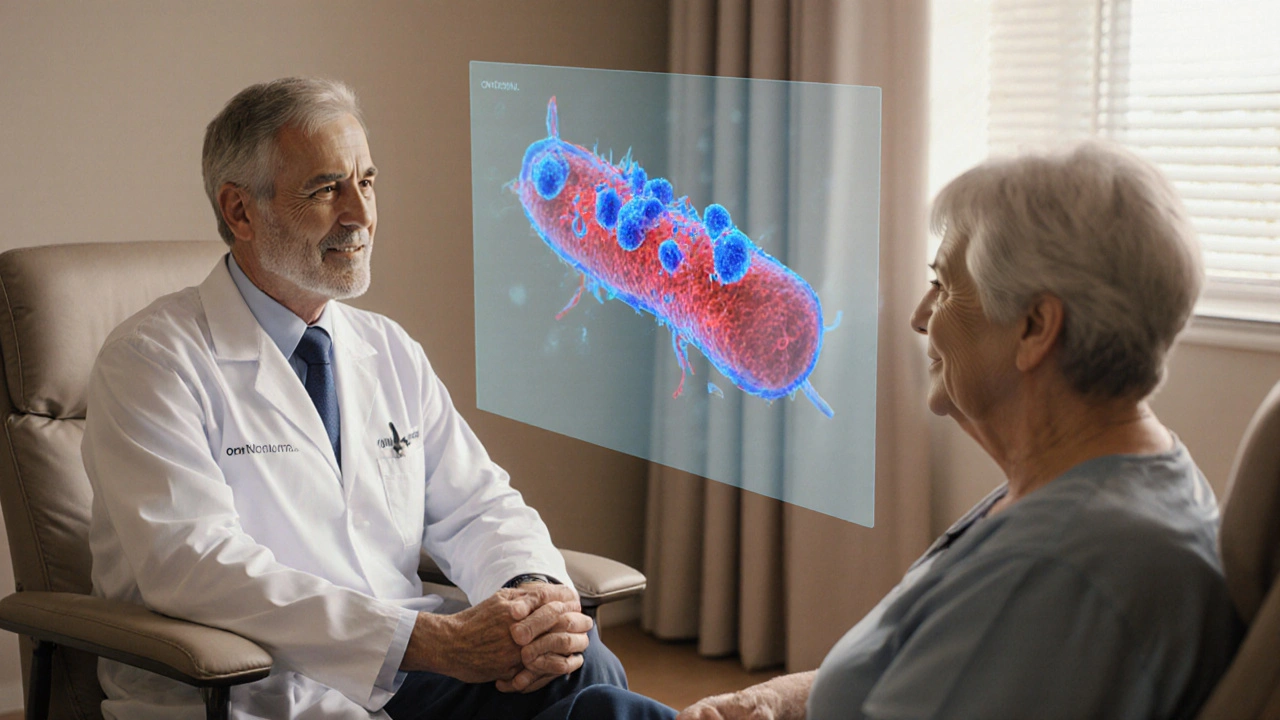Allogeneic Transplant: What It Is, Who It Helps, and What You Need to Know
When your body can't fix itself, an allogeneic transplant, a procedure where healthy blood-forming cells come from a donor. Also known as donor stem cell transplant, it replaces damaged or diseased bone marrow with cells from someone else—usually a sibling, parent, or matched stranger. This isn't just a last-resort treatment. For people with leukemia, lymphoma, sickle cell anemia, or severe immune disorders, it can be the only path to long-term survival.
What makes an allogeneic transplant different from an autologous one? Simple: the cells aren't yours. That’s both the strength and the risk. The new cells can attack leftover cancer cells—a good thing called the graft-versus-tumor effect. But they can also attack your healthy tissues, leading to graft-versus-host disease, a condition where donor immune cells see your body as foreign and start damaging skin, liver, or gut. That’s why finding the right donor match matters so much. The closer the HLA typing, the lower the chance of rejection or severe GVHD. Doctors test for six major HLA markers, and even a single mismatch can increase complications.
Not everyone is a candidate. Age, overall health, and disease stage play big roles. A 70-year-old with advanced leukemia might not survive the conditioning chemo needed before transplant. But a 35-year-old with aplastic anemia? That’s often the perfect scenario. And while bone marrow was the original source, today most donors give blood-forming cells through IV, like a long blood donation. It’s less invasive, and recovery is faster.
What about the donor? Most are healthy volunteers found through registries like Be The Match. Siblings have a 25% chance of being a match. If not, doctors search global databases—sometimes finding matches in countries halfway across the world. The process takes weeks to months, and it’s not guaranteed. That’s why some patients start looking early, even before they’re ready for treatment.
After the transplant, life changes. You’ll need antibiotics, antivirals, and immune suppressants for months, sometimes years. Infections are a real threat. You can’t eat raw food. You avoid crowds. You get frequent blood tests. But for many, it’s worth it. People who were once told they had months to live are now hiking, working, raising kids. The success rate isn’t perfect, but it’s improving every year thanks to better matching, milder conditioning, and smarter post-transplant care.
What you’ll find in the posts below isn’t theory. It’s real talk from people who’ve walked this path—how they handled side effects, what they wish they’d known before starting, and how they managed life after. You’ll also see how drugs like prednisone and clozapine show up in transplant recovery, how genetic testing helps avoid bad reactions, and why knowing your family history matters more than you think. This isn’t just a medical procedure. It’s a life reset. And you’re not alone in figuring it out.

Stem Cell Transplants for Chronic Lymphocytic Leukemia: How They Work and Who Benefits
Sep, 27 2025
